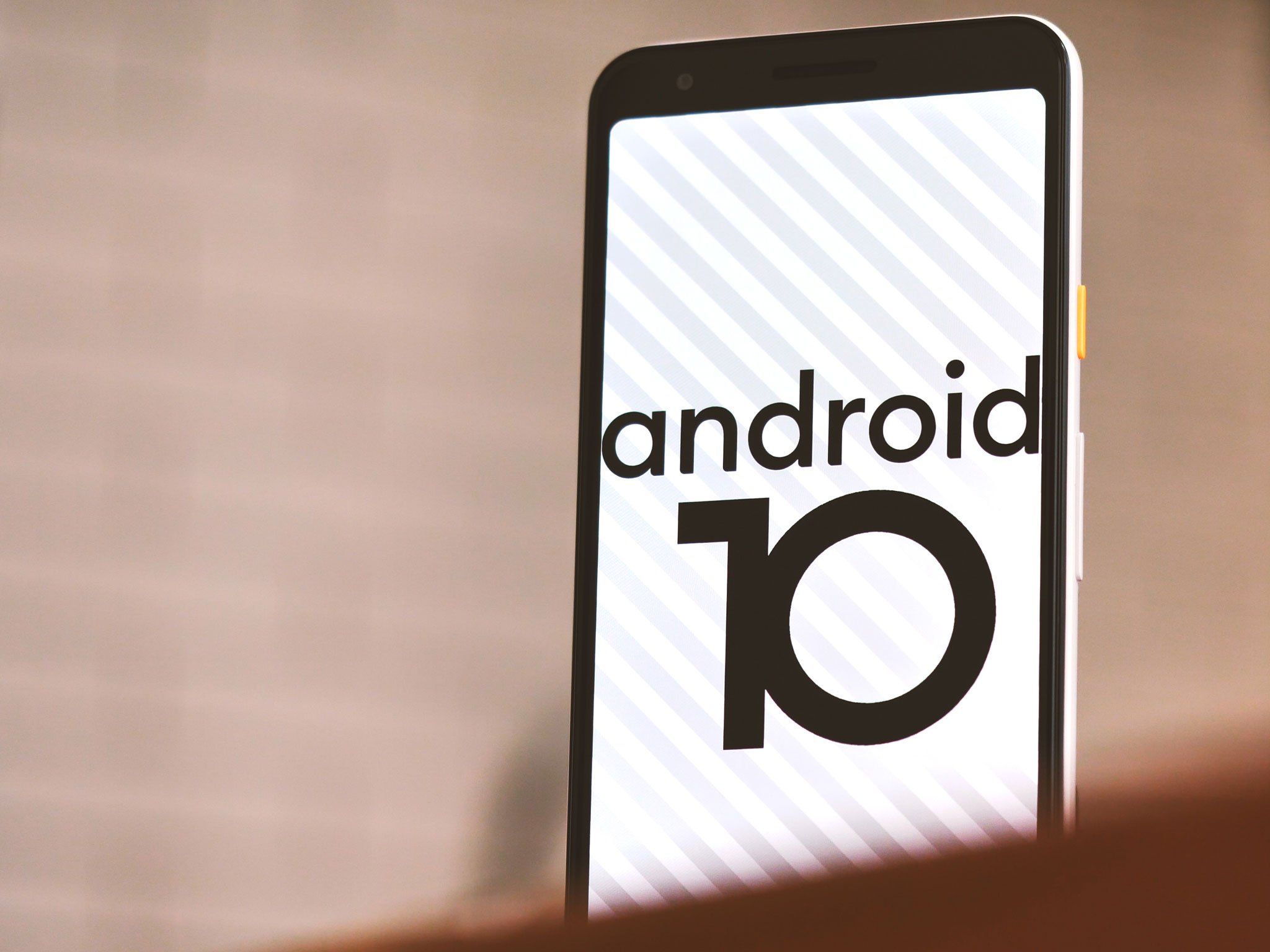Say goodbye to tasty treats: Q release is simply 'Android 10'

After using "tasty treats" as brand names for each major Android version release, from Cupcake up to Pie, Google is dropping the dessert nomenclature altogether with the release of Android 10. There will be no "Q" dessert, and going forward we'll be referring to future Android versions simply by their numerical progression.

Having the name revealed to be just Android 10 is rather anticlimactic, I will admit, after months of (frankly questionable) speculation about just what Google could have in mind for a Q dessert. But thinking about it for a while, I completely understand Google's decision to drop the desserts in favor of a straight numerical naming scheme.
Android is an incredibly huge brand that spans billions of users across the entire world. When you take this scale into account, you can see why Google is moving away from having a name theme for each release: different languages, alphabets and cultures don't share — or understand — the same foods and words. A "marshmallow" doesn't have an analog across the world, "nougat" is pronounced completely differently in France and the U.S., and was "honeycomb" really a tasty treat in the first place? Choosing a single food to represent a software version isn't particularly inclusive or representative of the global user base Android has, even if it was fun.
Looking back, we could have seen this coming somewhat with the launch of Android 9 Pie, which incorporated the version number into the official name unlike Android Oreo, Android Nougat and Android Marshmallow. But now Google is making a clean cut, and it seems appropriate to do so with the jump to the first double-digit version. And thankfully for all of us, Google decided to refrain from following Apple's calamitous choice to use "X" instead of 10.
Going to a pure numerical version scheme may be a bit on the boring side compared to having a dessert we can all make puns about for the next year, but it's certainly more inclusive and easier to explain to a global audience. Not to mention the simplicity of being able to talk to another person about Android versions.
We'll finally get past the confusion and explanation of the sentence "does my phone have Nougat or Oreo?" — you either have version 10, 11 or 12 and so on. The dessert names were a fun quirk of Android that kept things playful, and was a neat nod to the community of Android followers who loved to riff on the names; but for everyone else, it was all just a bit confusing.
The move to numbered versions makes even more sense in the grand scheme of Google's update of the Android brand as a whole, which changes colors and design elements to make it easier to see and read in a wider variety of scenarios. To that point, the new "logo" for each release will now simply be "android" written out in the same script as the latest brand, accompanied by the version number in the same design.
Get the latest news from Android Central, your trusted companion in the world of Android
Google says it will still have an Android 10 statue to carry on that part of the tradition, though it'll sure stand out against the backdrop of a lawn full of treat-themed statues. We don't yet know what form the Android 10 version will take until later on in the year when the software is officially released.

Andrew was an Executive Editor, U.S. at Android Central between 2012 and 2020.



